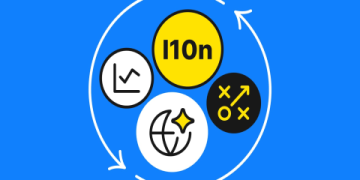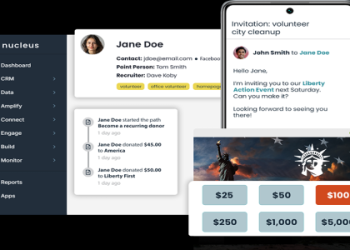Understanding what lands in your rivals’ subscribers’ inboxes is the fastest way to spot content gaps, promotion angles, and design trends you can swipe (legally) for your own list. Below are five completely free tactics you can implement today to monitor any competitor’s email program.
1. Opt-in with a Dedicated Mailbox
Open a Gmail account that uses your brand’s name plus “research” (e.g., acme.research@gmail.com). Subscribe on desktop and mobile—some brands send different creative per device. Let the emails accumulate for 30 days before you start tagging subject lines, frequency, and calls to action.

2. Use Email-Perma-Stores
Services such as Mailcharts, ReallyGoodEmails, and Milled archive campaigns automatically. Type the competitor’s domain, set the date range to “last 90 days,” and export a CSV of every subject line, send time, and offer. Cross-reference discount depth and urgency phrases to benchmark your own promotions.
3. Parse Their Sender DNS Records
Run the competitor’s main sending domain through MXToolbox. If they separate marketing and transactional mail, you’ll see sub-domains like promo.brand.com. Subscribe to each; companies often test new creative on a “quiet” sub-domain before global rollout.
4. Track Code, Not Just Copy
Open any email, choose “Show original” (Gmail) or “View source,” and search for “UTM_.” Competitors leak campaign names, segment IDs, and even split-test variants inside those parameters. Build a simple Google Sheet mapping each tag to the offer so you can see what funnel stage each email targets.
5. Set Up a Private Instagram “List”
Surprise: many brands trigger their welcome series when a user follows them on social, too. Create a secondary Instagram account, follow only your target competitor, and watch for new-email notifications that reference social actions. You now know the exact behavioral trigger behind that send.
Put it all together
Collect at least 50 sends per rival, then calculate average frequency, word count, emoji usage, and discount percentage. Plot the data on a simple line graph and you’ll instantly see which levers they pull during product launches, holidays, or slow months. Borrow the pattern, not the paragraph, and your next campaign will sound nothing like theirs—yet convert just as hard.

























